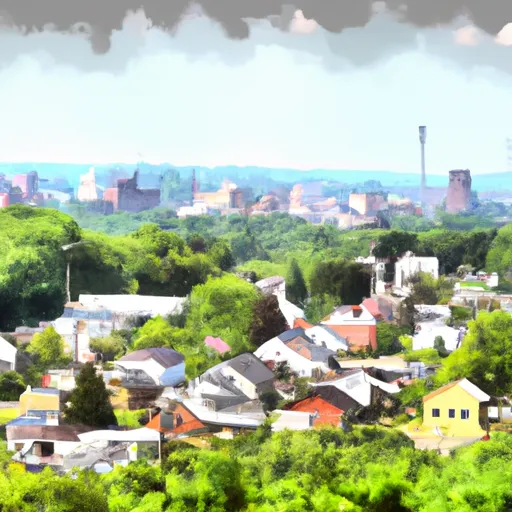°F
°F
mph
Windspeed
%
Humidity











Neffs, Ohio is a small rural village located in Belmont County in the southeastern part of the state. The village experiences a humid continental climate with warm summers and cold winters. Summers are typically mild with temperatures ranging from the low 70s to mid-80s Fahrenheit, while winters are cold with temperatures averaging in the 20s to 30s Fahrenheit. Precipitation is fairly evenly distributed throughout the year.
In terms of hydrology, Neffs is situated near the Ohio River, which provides opportunities for boating, fishing, and other water-based activities. The area is also home to several small creeks and streams that contribute to the local hydrology.
Neffs and its surrounding areas offer numerous outdoor recreational opportunities. The nearby Ohio River allows for boating, kayaking, and fishing, attracting water enthusiasts. Belmont Lake State Park, located about 30 minutes away, offers hiking trails, picnic areas, and a fishing lake. For those who enjoy hunting, there are also several designated hunting areas in the region. Neffs is also surrounded by lush natural landscapes, making it an ideal location for outdoor activities like camping, hiking, and wildlife observation.
Weather Forecast
Neffs receives approximately 1071mm of rain per year, with humidity levels near 83% and air temperatures averaging around 11°C. Neffs has a plant hardyness factor of 6, meaning plants and agriculture in this region thrive during a short period during spring and early summer. Most plants will die off during the colder winter months.
Regional Streamflow Levels
14
Cubic Feet Per Second
17
Cubic Feet Per Second
24
Cubic Feet Per Second
5
Cubic Feet Per Second
Nearby Camping
| Camping Area | Reservations | Toilets | Showers |
|---|---|---|---|
| Cedar Creek State Park | |||
| Riffle Run | |||
| Jefferson Lake State Park | |||
| Mill Creek - Berlin Reservoir | |||
| Guilford Lake State Park | |||
| Mosquito Lake State Park |



